- Home
- slideshows
- miscellaneous
- A handful of recent discoveries has transformed our entire understanding of human history
A handful of recent discoveries has transformed our entire understanding of human history
The first <em>Homo sapiens</em> seem to have appeared more than 100,000 years earlier than scientists previously thought — and in different locations.

These discoveries helped lead to a new idea: perhaps Homo sapiens actually evolved all over Africa in interlinked groups that became more similar over time.
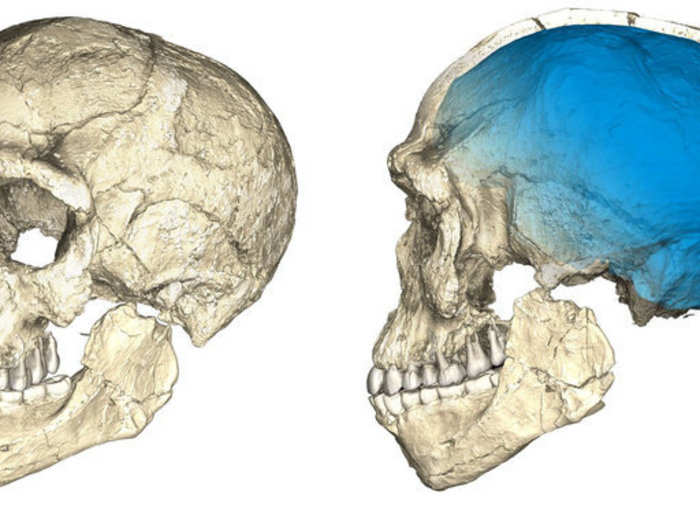
As a team of researchers described in a recent paper, groups of Homo sapiens may have evolved contemporaneously all over Africa, instead of just in one primary location.
Not all of these groups would have looked identical at the start, but they may have been close enough to all be considered Homo sapiens, even if they weren't the same as the modern versions of humanity.
So instead of first emerging in a site in East or South Africa (depending on which version of the traditional origin story you subscribe to) and then spreading from there, distantly related groups of humans across the continent could have become more similar over time.
This idea is known as the "African multiregionalism" theory.
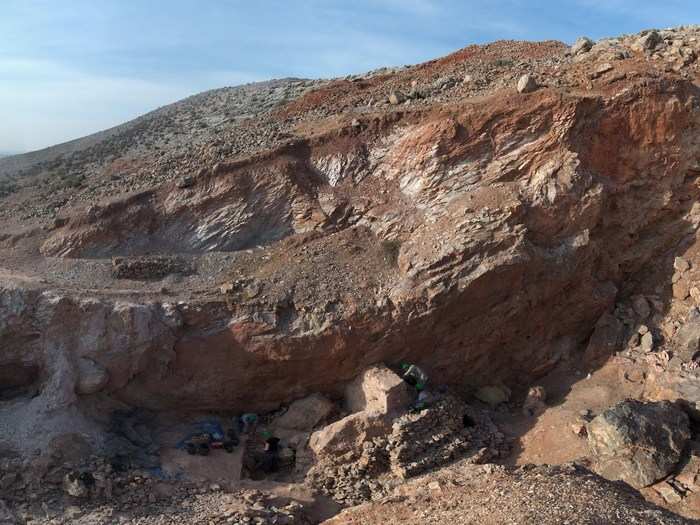
According to this logic, distantly related groups could have all evolved from a widespread ancient hominid relative. In different locations, they may have interbred with and picked up traits from other ancient hominids, as we know Homo sapiens have done over time.
(In general, the term hominid describes great apes, humans, and all our extinct ancestors; the term hominin is a bit more narrow referring only to humans and our more closely related extinct ancestors.)
Ed Yong at The Atlantic wrote that the best way to understand this theory isn't to think of evolution as a tree in which modern humans branched off and became a separate group.
"It’s a braided river — a group of streams that are all part of the same system, but that weave into and out of each other," Yong wrote. "These streams eventually merge into the same big channel, but it takes time — hundreds of thousands of years. For most of our history, any one group of Homo sapiens had just some of the full constellation of features that we use to define ourselves."
We've also discovered new hominids that our ancestors may have lived alongside or even occasionally mated with.
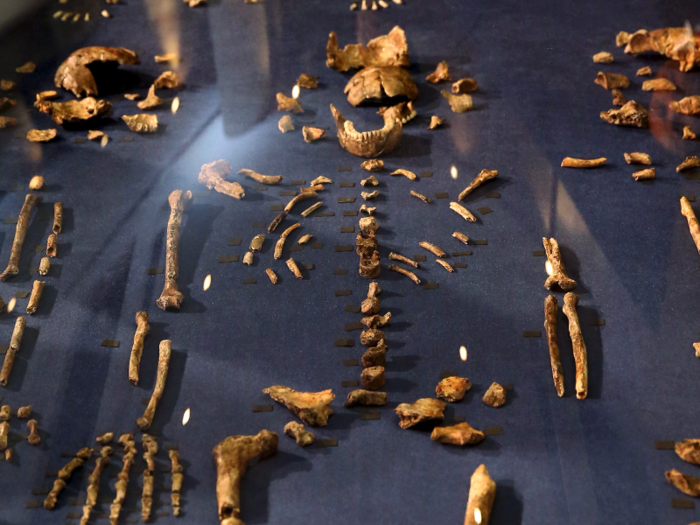
In 2013, two spelunkers in South Africa spotted something promising in a cave. They told National Geographic explorer-in-residence Lee Berger of their find. Berger put out an ad searching for scientists who could excavate, go caving, climb, and fit into tiny spaces. He ended up recruiting an international team of six female scientists — later dubbed "underground astronauts" — who made their way into the cave.
Inside, they discovered thousands of bones from an ancient hominid that had never before been seen. The researchers described it in a 2015 paper with the name Homo naledi.
This small hominid may have lived alongside early Homo sapiens. The discovery also suggested that there may have been many other early hominid species that we co-existed with before becoming the one dominant remaining member of the Homo genus.
Some early art that was previously attributed to Homo sapiens was really created by Neanderthals.
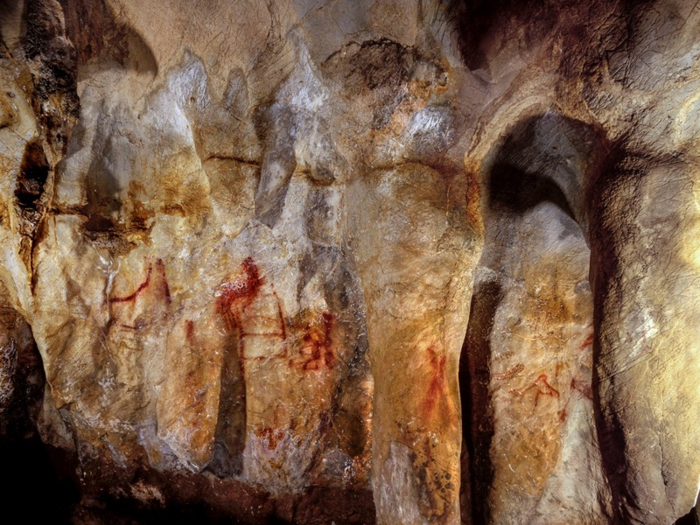
We may not have been as different from other hominids as scientists used to think.
Even if Homo sapiens evolved before we thought, Neanderthals were around first, appearing in the fossil record at least 400,000 years back. Many researchers assumed those Homo neanderthalis were far more primitive than their later-evolving relatives. But new discoveries challenge that line of thinking.
Long before what researchers refer to as "modern" humans ever reached Europe, our Neanderthal cousins were creating cultural objects and painting in caves in Spain, according to several recently published studies.
The new research pinpointed when some of the first European art that we know of was created, and it turns out the visual work was happening before many places were settled by Homo sapiens. That indicates Neanderthals and early humans may have been very similar cognitively and culturally.
We've also found more genetic evidence that shows ancient humans interbred several times with hominin species like Denisovans and Neanderthals.
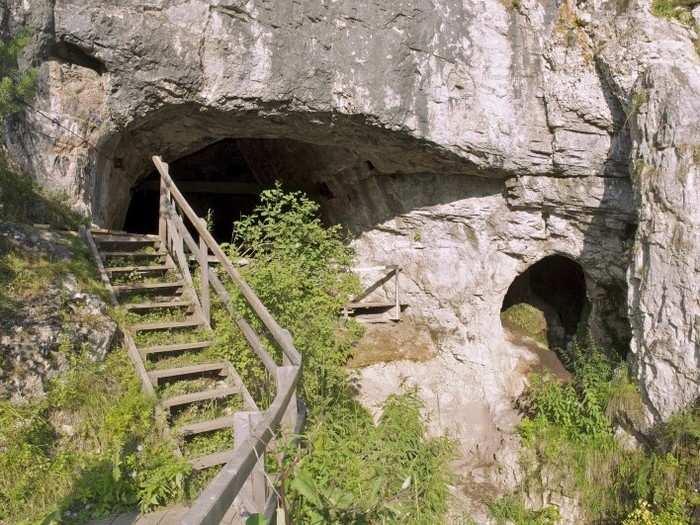
We've long known that humans mixed with Neanderthals, since most present-day non-Africans have at least some Neanderthal DNA.
But that wasn't the only other species we mixed with. A 2018 genetic study found that more than once, humans mixed with Denisovans — other hominins that existed when early Homo sapiens were making their way out of Africa.
Up to 5% of the DNA of modern residents of Papua New Guinea show traces of interbreeding with Denisovans. Smaller traces of those ancient liaisons are found across Asia, too, but we still don't know too much about Denisovans and our interactions with them.
The earliest humans left Africa long before we thought, according to recent research.
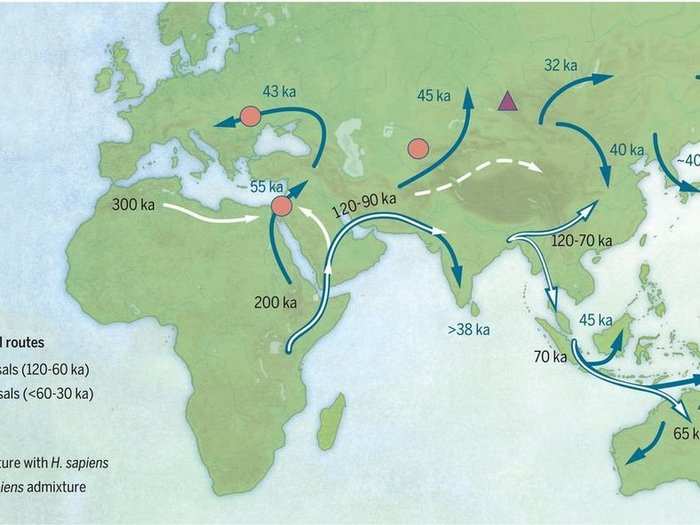
The first Homo sapiens may have left Africa and started migrating into Asia more than 120,000 years ago — far earlier than scientists previously thought, according to a review of recent research published in the journal Science in late 2017.
"The initial dispersals out of Africa prior to 60,000 years ago were likely by small groups of foragers, and at least some of these early dispersals left low-level genetic traces in modern human populations," Michael Petraglia, an archaeologist at the Max Planck Institute for the Science of Human History and an author of the study, said in a press release. "A later, major 'Out of Africa' event most likely occurred around 60,000 years ago or thereafter."
Some researchers even think humans arrived in North America earlier than the traditionally accepted timeline, though this is still controversial.
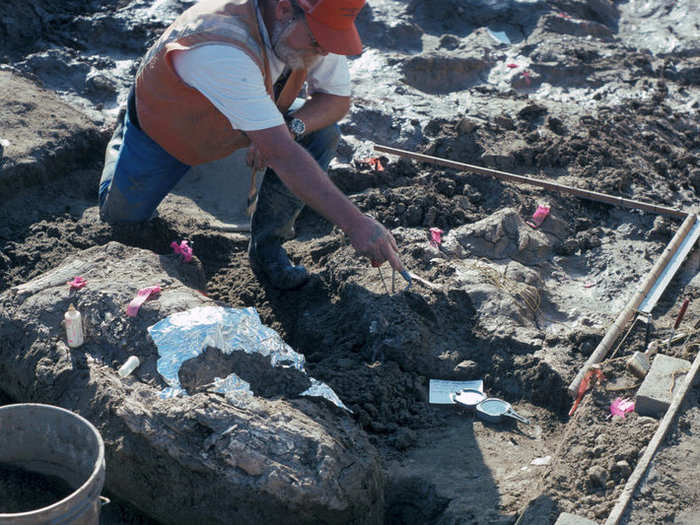
Most evidence indicates that humans first reached North America 25,000 years ago. But given the upheaval that other recent discoveries have caused, it seems possible that some groups could have arrived before then.
At least one team of researchers thinks humans could have reached the Americas 100,00 years earlier than the traditionally accepted timeline. That ideas is based on the discovery of mastodon bones at a site near what's now San Diego, California. The bones were found to have been broken apart after the death of the animal, and fragments of what appear to be ancient tools were also found at the site.
That indicates that hominids may have stretched into North America early on. However, the findings are still far from certain. And since other early hominids seem to have been more widespread and intelligent than we thought, it's possible these North Americans weren't Homo sapiens but instead some other ancient ancestor.
There's still a lot we don't know about the human origin story.
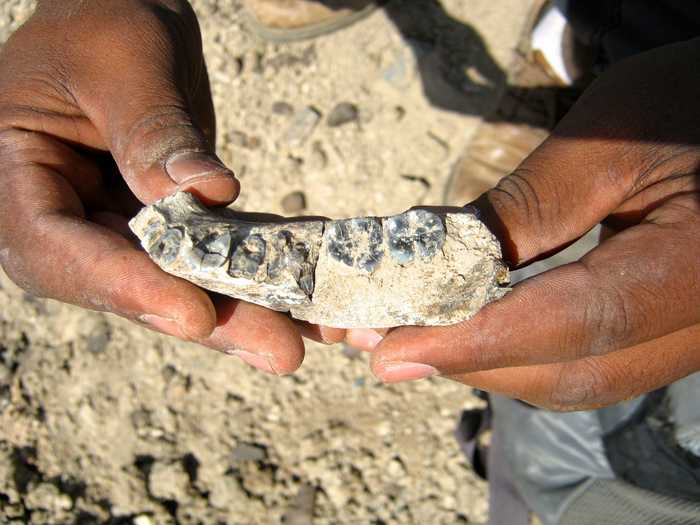
As all these findings show, there's a lot of the human origin story that we have yet to fully understand. Recent research has called into question traditional narratives about the history of our ancestors and the creatures we co-existed with. The reality seems to be messier and less straightforward than previously thought.
We're still finding traces of history buried away in caves or even in large analyses of our genetic code that weren't possible until recently.
We surely have much to learn.
Popular Right Now
Popular Keywords
Advertisement